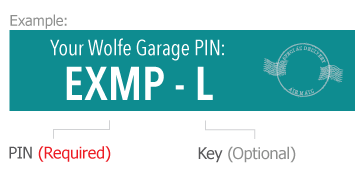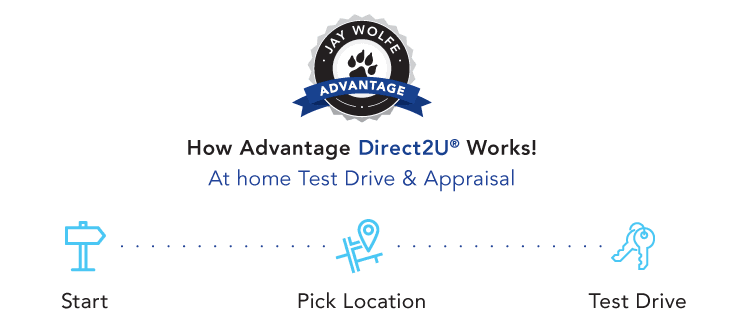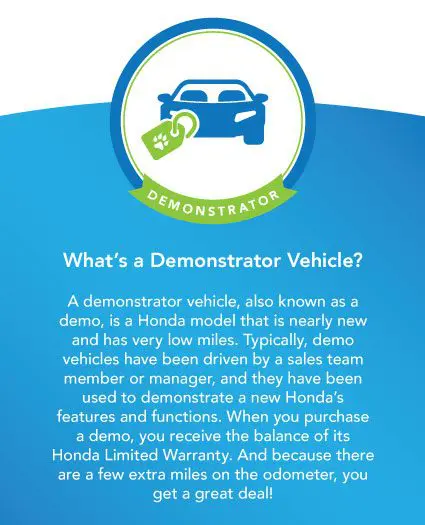What Does the Term Powertrain Cover?
In the automotive industry, terms are used that many car owners just aren’t familiar with. Variable Valve Timing, Brake Assist, Adaptive Cruise Control, even Anti-lock Brakes — you’ve heard the words but do you know what they mean? The same goes for a much more common term. ‘Powertrain’ is often spoken of to describe parts of your warranty coverage. You know your car has one, but you have no idea what the powertrain truly covers.
What is the Powertrain?
There’s an easy way to describe it: it’s all the mechanical components required to propel your car. Clear as mud, right? Let’s break it down a bit more, and you’ll begin to understand the basics.- The Engine. Obviously, your car needs the engine to operate. There’s no chance that you can get anywhere without the engine, unless you perform a few Flintstones mods. Its rotational energy is the origin for the horsepower and torque that your vehicle has.
- The transmission. Without it, your car engine will run but you won’t be driving anywhere. Your transmission controls the engine’s energy output through gear changes, all by fluid motion inside.
- The differential. On front-wheel drive and all-wheel drive vehicles like your Honda, the front differential is contained inside the transmission housing it changes the direction of the transmission’s power to go to the wheels. On an AWD vehicle, there’s a rear differential that serves the same purpose between the rear wheels.
- Axle shafts and drive shafts. On wheels that propel your vehicle, the axle shafts are usually part of the powertrain coverage. The same goes for the driveshaft from the transmission to the rear differential on AWD vehicles. It’s included because your vehicle won’t be able to drive without those shafts in place.







